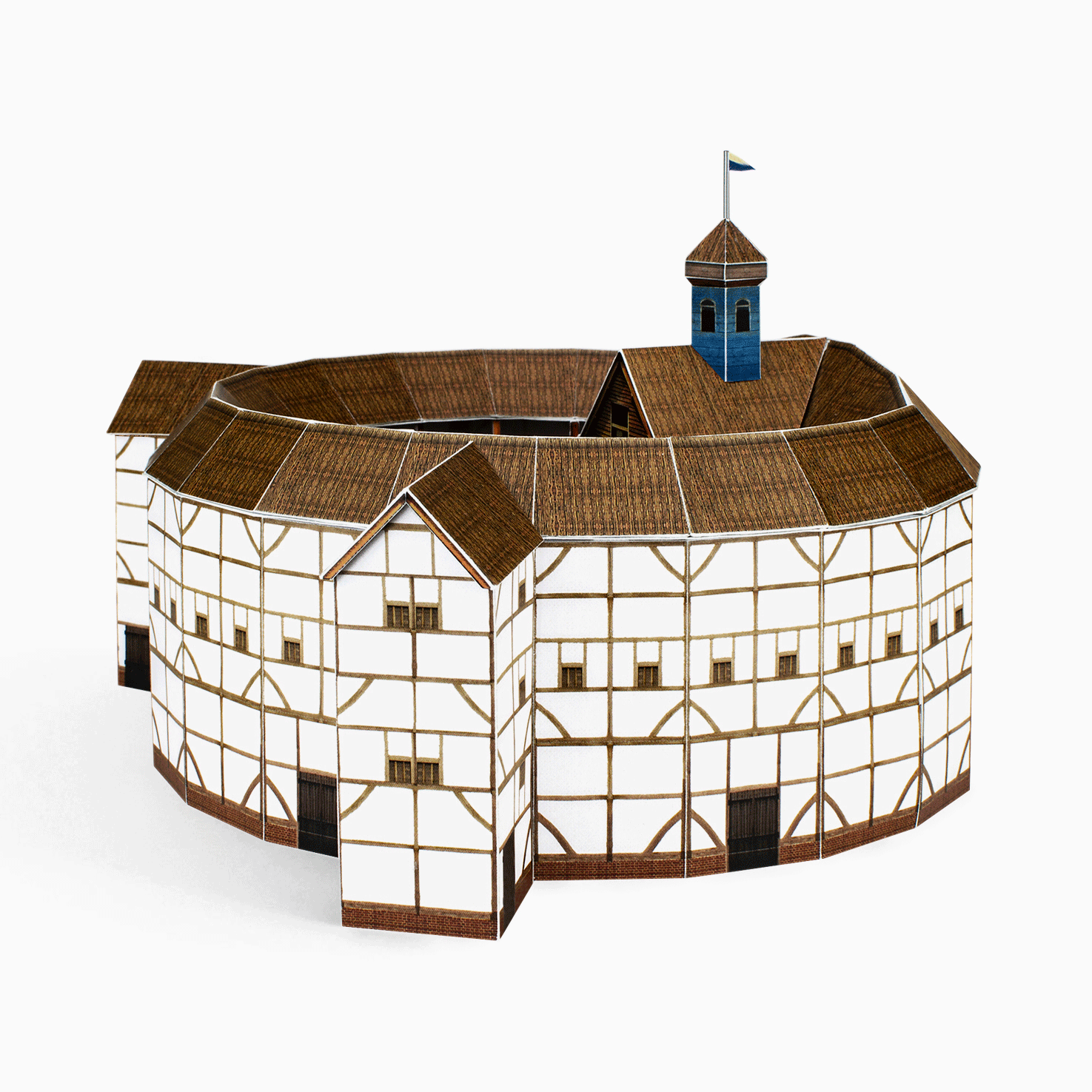Paper Model Building Tips
Before starting, carefully look through all the paper worksheets, the set-up instructions and the assembling diagrams included with your kit. If you are new to paper modelling be mindful, proceed slowly and carefully - your speed will improve with practice. Remember to enjoy the process while achieving your best result! In general, the model should be prepared in the following order: scoring, cutting, folding, gluing and assembling. If you are building your model from a pre-cut kit, you will find every part scored and cut, so just carefully remove these parts from the worksheets and proceed with folding, gluing and assembling.
Scoring
Scoring creates a line in the paper that guides a fold, ensuring that folds are accurate with clean edges. Place the worksheet, printed side up, on a cutting mat and use your scoring tool to make these different types of lines:
A half-cut line

Gently cut into the paper, following the thin line, to a depth of half the paper’s thickness. By folding both sides downwards, you will create a crisp, accurate mountain fold. 
A perforation line

Make small, dashed cuts through the entire depth of the paper. By folding both sides upwards, you will create a clean valley fold.
A crease line

Lightly press a creasing tool into the paper following the double line - you will create mountain and valley folds that are slightly rounded.
Tip: use a steel ruler as a guide for scoring and cutting long straight lines. Practice on an off-cut section of the worksheet to achieve the correct level of pressure.
Cutting
Cutting out the parts is the most laborious stage when constructing a paper model. Taking time and care should reward you with an eye-pleasing outcome upon completion of your project.

Using scissors, roughly separate the parts from each other.


If there are any pre-cut pieces of paper still remaining in the cut-out windows, knock them out using a stylus.
Tip: write the part number printed on the worksheet with a pencil on the reverse side after you have cut it out. That may help to identify this part more easily when you assemble the model.
Folding

Place the parts on a hard surface and gently fold along the scored lines up to a 90-degree angle.
Gluing

Before gluing, check that the parts fit together.

Pour a small amount of glue into the gluing container and use a gluing tool to apply the glue to the paper.
Try to spread the glue across the gluing surface evenly in a thin layer. Remember to use as little glue as necessary.

When gluing a part with several panes, leave the smallest tab on the inside.

When gluing a part with small triangular tabs, cover them with glue and leave on the inside.

Use tweezers to fix tiny parts in place.
Tip: fold and glue each part separately, then connect them together into a complete model.
Subscribe to our emails
Be the first to know about new products and exclusive offers.
- Choosing a selection results in a full page refresh.
- Opens in a new window.


